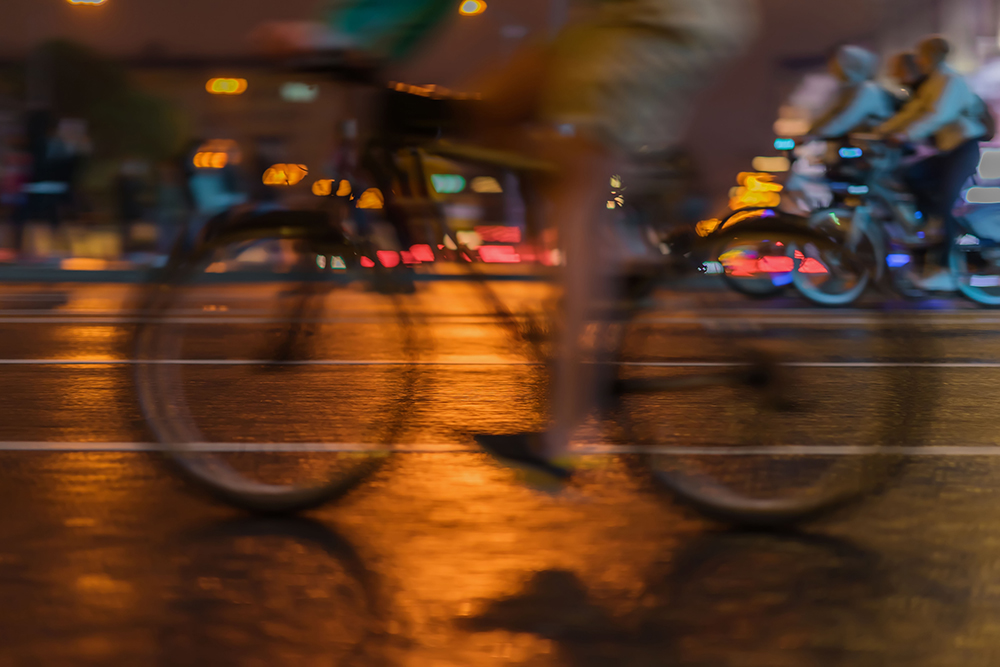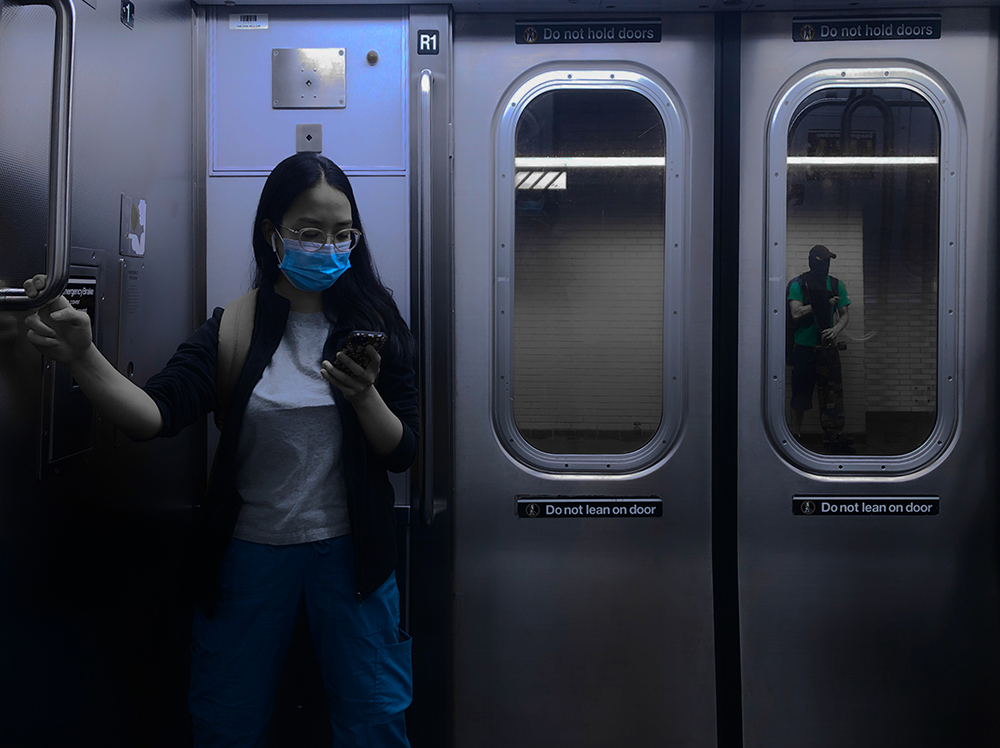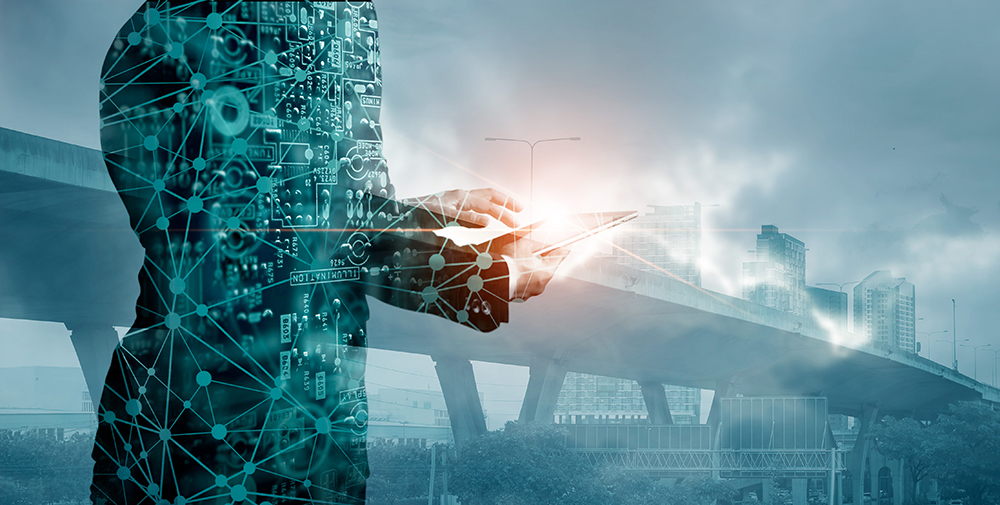
Too often, a more sustainable mobility future is presented as a constraint on the choice to drive, as an expensive new obligation, or as an effort by experts to tell the rest of us what we should be doing instead of driving. With technology, we can reframe sustainable mobility as the positive enabling of choice, including—at last—driving by choice rather than by necessity.
Wherever driving is the only practical means of getting around, as in much of urban America, the decision to drive may be no choice at all, but a surrender to circumstances. In the 20th century, planners had some justification in equating practices with preferences. But this oversimplification tended to direct transportation resources to projects that promoted driving alone, then the projects themselves reinforced the trend.
Technology can now make preferences much easier to determine. This means we can reintroduce freedom of choice in transportation. We can thereby make our transportation planning more consistent with one of our most esteemed national values.
Actual cost
Meanwhile our crude road-funding mechanism, inherited from the 20th century, has been failing us. Gas tax revenues fall far short of road spending, and growing numbers of electric vehicles warn us that gas taxes must be replaced. Technology offers us substitutes that are far better than the gas tax ever was. Tolls can approximate the actual cost of the road capacity drivers use, no matter how little fuel they burn—if any at all.
Electronic tolling now collects user fees almost as unobtrusively as gas taxes are collected. As such techniques improve, they may even displace gas taxes, obviating the common objection that tolls constitute double taxation.
Yet tolling still bears a 20th-century legacy that limits choices and perpetuates car dependency in an era when we must urgently do better. Tolls collected from drivers are still implicitly interpreted as demand specifically for driving—even when drivers have no good alternatives.
But what if drivers could allocate, say, 5 or 10 cents of each toll dollar toward the choices they now lack? Such funds might support more extensive and reliable transit, separated bike lanes, and greater walkability. Done right, improvements to walkability and cycling would improve access to transit. Such a trend would relieve pressures to expand road capacity. It would also promote a more sustainable mobility future, and gradually offer choices where there are no good choices now.
High-resolution tolling
Funding for transit, cycling and walkability can be politically divisive. But we now have the means to bypass such political obstacles by letting toll payers themselves choose how a small discretionary fraction of their toll is spent. Drivers who want all of their toll to go to roads would have this choice. Others could commit a fraction to better bus service, to bike lanes or to other mobility purposes. Drivers could choose carbon offsets. Divisive funding disagreements, such as roads versus transit, can be obviated as drivers themselves choose. Voters resist compulsion because it constrains choices. High-resolution tolling offers freedom of choice.
Technology makes such budgeting feasible, as the proliferation of participatory budgeting (PB) to over 3,000 cities worldwide attests. Such arrangements entail some practical complications—but no defects as serious as those that are dooming the gasoline tax. Implementation may begin in small increments, diminishing political obstacles.
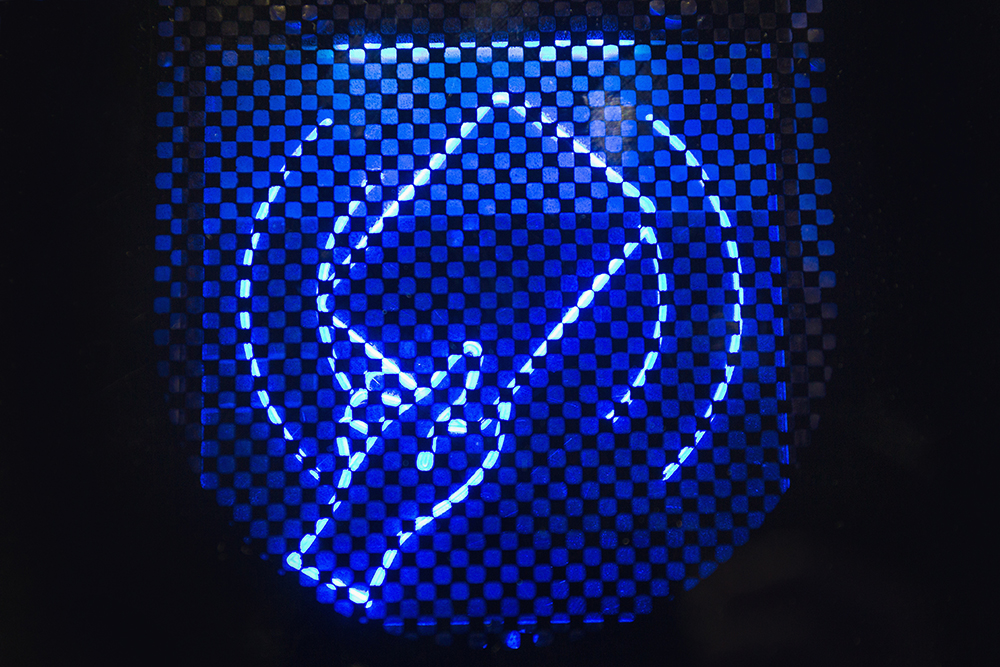
Recently, transportation planners have acknowledged what community advocates have long known: that many urban highway projects were devastating to the communities they tore through, and that highway removal and community repair is sometimes warranted. But most urban highways will remain in place for many years to come, to the detriment of the health and wellbeing of the communities they bisect.
Still, even such highways may become means of community healing. Fair trade textiles, coffee and tea have demonstrated that many consumers will spend a small premium to improve conditions for producers. Similarly, with technology we have now, ‘fair trade mobility’ is feasible. If a tiny fraction of motorists chose to pay a small premium on their toll, the revenues could make an enormous difference to nearby residents, in the form of funds for parks, recreation, public health, affordable housing, bus shelters or other goods tailored to offset the highway’s harmful local effects.
Digital connectivity
Eight years ago, the renowned transportation authority Martin Wachs observed that transportation planning had changed. In the 21st century: “We are trying to alleviate congestion through denser urban living in mixed-use neighbourhoods that allow us to meet more needs by walking, biking and using transit, and lessening the need to travel far for work.”
The shift coincided with new means of digital connectivity. “At the same time,” Wachs wrote, “the world is becoming more connected by flows of information more than of people”—a trend sharply accelerated by the coronavirus pandemic of 2020-21.
But how can ‘flows of information’ best promote communities in which people can meet their needs ‘by walking, biking and using transit’? The pandemic compelled people worldwide to find ways to substitute digital connectivity for physical travel. Yet digital connectivity and physical mobility largely remain alternative means of connection, not mutually reinforcing components in a versatile system.
The pandemic exposed the limits of this disjointed digital-spatial connectivity system. For example, transit riders had to use the mode of transport that was most likely to expose them to the virus, yet they were also those least likely to have job responsibilities they could carry out remotely.
Through tolling—reimagined as proposed above—we can develop a more integrated digital-spatial connectivity system such that improvements in digital connectivity improve spatial mobility, including transit, cycling and walkability. Hence, tolling can be the key to both more choices and greater sustainability. As the climate emergency grows, the political support and popular demand for such an approach will grow too.
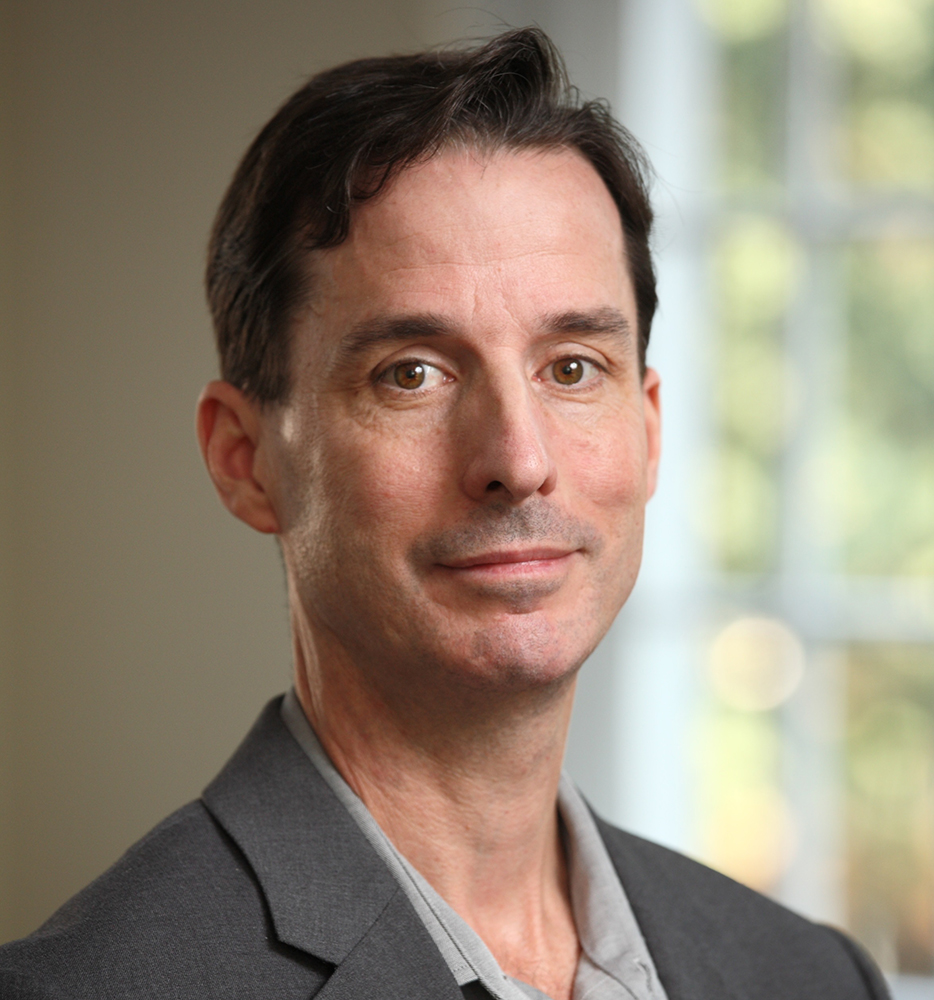 We face the challenges of the 21st century with a transportation system we inherited from the 20th. While the possibilities of electric vehicles and automated driving have received lavish attention, other digital techniques have been underappreciated. We have, above all, a passenger transportation system that seldom offers its users good choices besides driving—and the future we need is a future of less driving. Yet technology can restore freedom of choice in transportation, to the benefit of all.
We face the challenges of the 21st century with a transportation system we inherited from the 20th. While the possibilities of electric vehicles and automated driving have received lavish attention, other digital techniques have been underappreciated. We have, above all, a passenger transportation system that seldom offers its users good choices besides driving—and the future we need is a future of less driving. Yet technology can restore freedom of choice in transportation, to the benefit of all.
About the Author:
Peter Norton is the author of Autonorama: The Illusory Promise of High-Tech Driving
This article was first published in IBTTA’s Tolling Points




